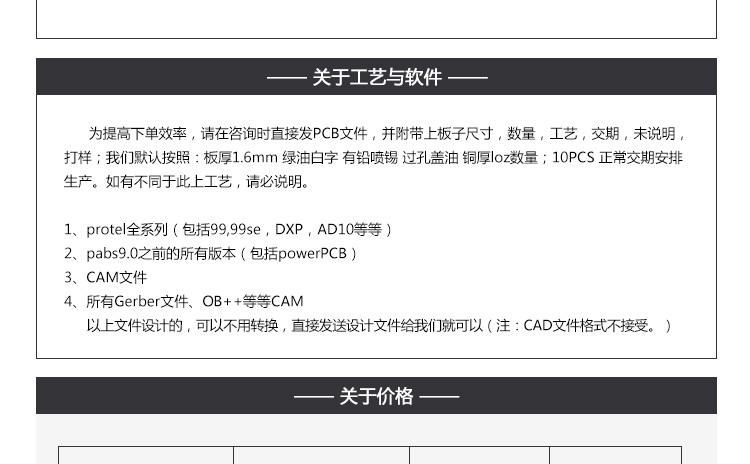Dongguan Huaqiang Quick Circuit Board Co., Ltd. was established in September 2010. It is a high-tech enterprise providing customers with fast prototype, small and medium batch,
single and double circuit board rapid proofing, multi-layer circuit board rapid proofing,
aluminum substrate rapid proofing and so on. Since its inception, the company has been guided by market development and science and technology, adhering to the business philosophy of "mutual benefit, long-term cooperation", taking "rapid response, small and medium-sized batches, product diversification" as its market positioning, relying on the characteristic strategy of "technology leading, speed winning, personalized service", and advanced. Technical platform, perfect quality system, excellent engineering services, professional management team, timely, accurate and efficient to provide customers with satisfactory products and services.
I. Aluminum Substrate Structure
Aluminum substrate is a kind of metal-based copper clad laminate with good heat dissipation function. Generally, single panel consists of three layers, namely circuit layer (copper foil), insulation layer and metal base. For high-end use, there are also double panels, which are composed of circuit layer, insulation layer, aluminum base, insulation layer and circuit layer. Very few applications are multi-layer boards, which can be made by bonding ordinary multi-layer boards with insulating layer and aluminium base.
II. Structure of Aluminum Substrate
Aluminum-based copper clad panel is a kind of metal circuit board material, which consists of copper foil, thermal conductive insulation layer and metal substrate. Its structure is divided into three layers:
Cireuitl. Layer Circuit Layer Circuit Layer: Copper clad board equivalent to PCB, copper foil thickness LOZ to 10oz.
Dielcctric Layer insulating layer: The insulating layer is a low thermal resistance thermal conductive insulating material. Thickness: 0.003 "to 0.006" inch is the core design of aluminium-based copper clad laminates, has been UL certification.
Base Layer Base: It's a metal substrate, usually aluminium or optional copper. Aluminum-based copper clad laminates and traditional epoxy glass cloth laminates
Circuit layer (i.e. copper foil) is usually etched to form a printed circuit, which connects the components of the module. In general, the circuit layer requires a large current carrying capacity, so a thicker copper foil with a thickness of 35-280 um should be used. Thermal conductive insulation layer is the core technology of aluminum substrate, which is generally made up of a special type. Ceramic filled special polymer composition, small thermal resistance, excellent viscoelastic properties, thermal aging resistance, can withstand mechanical and thermal stress. The thermal insulation layer of high-performance aluminium substrates produced by our company uses this technology to make it have excellent thermal conductivity and high-strength electrical insulation performance. Metal base is the supporting component of aluminium substrates, which requires high thermal conductivity, generally aluminium plate or copper plate (among which copper plate can provide better thermal conductivity). Thermal conductivity, suitable for drilling, punching and cutting and other conventional mechanical processing.
Working Principle of Aluminum Substrate
The surface of the power device is mounted on the circuit layer, and the heat generated by the device when it runs is quickly transmitted to the metal base through the insulating layer, and then the heat is transferred from the metal base to realize the heat dissipation of the device.
Compared with the traditional FR-4, the aluminium substrate can reduce the thermal resistance to the, which makes the aluminium substrate have excellent thermal conductivity. Compared with the thick-film ceramic circuit, its mechanical properties are excellent.
PCB materials have incomparable advantages over other materials. Suitable for SMT surface mounting of power components.
No radiator is needed, the volume is greatly reduced, the heat dissipation effect is excellent, and the insulation performance and mechanical performance are good.

